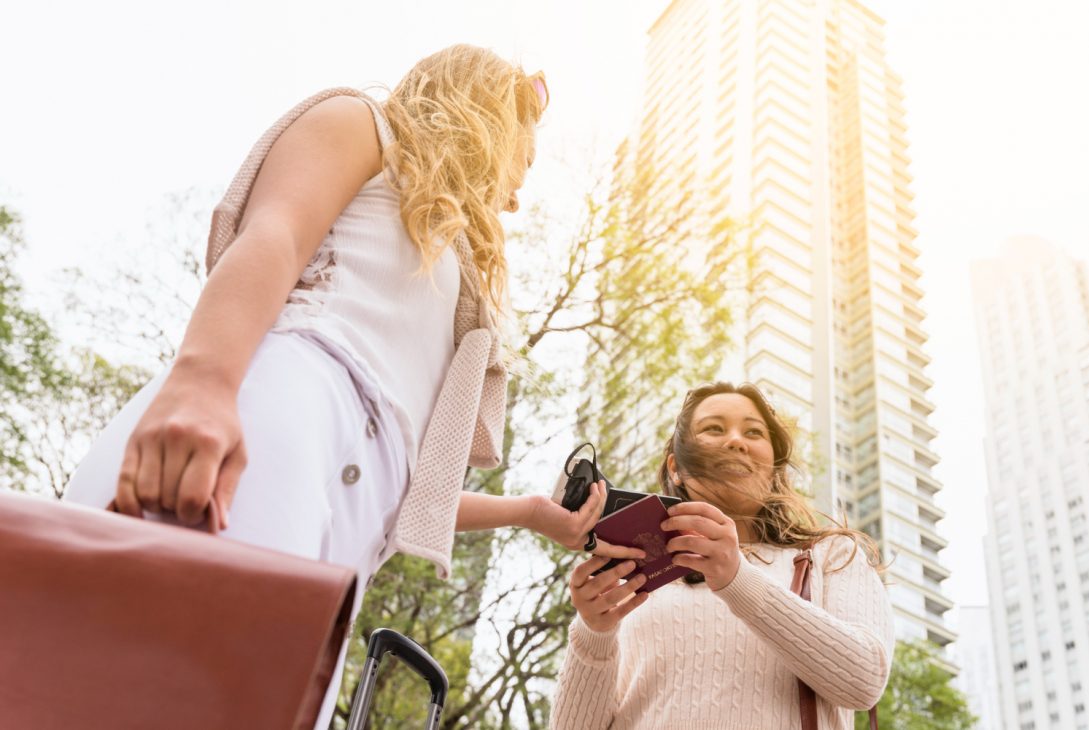Traveling to new cities can be one of life’s most exciting experiences—a chance to immerse yourself in unfamiliar cultures, taste new cuisines, meet interesting people, and see the world through a fresh perspective. Yet, for many travelers, the excitement of discovery is sometimes overshadowed by stress. Whether it’s the anxiety of navigating public transportation, the fear of missing important attractions, or the simple fatigue of handling logistics, traveling can become more stressful than relaxing if not managed thoughtfully.
The secret to making travel genuinely stress-free lies not in overplanning or winging it entirely, but in finding a mindful balance. Thoughtful preparation allows you to maximize your time, stay flexible when plans shift, and remain calm even when challenges arise. By learning to anticipate obstacles, create smart routines, and leave room for spontaneity, you can approach each city with confidence and ease.
The goal of stress-free travel isn’t to eliminate unpredictability—it’s to embrace it gracefully. A well-prepared traveler is someone who understands how to adapt without losing their composure. When you approach travel as both an art and a process, each city you visit becomes more than a destination; it becomes an opportunity to grow, connect, and collect stories that linger far beyond your return home.
Step 1: Define Your Travel Purpose and Preferences
Before booking anything, take a moment to identify your trip’s main intention. Are you traveling for relaxation, adventure, cultural immersion, or personal growth? Knowing your “why” shapes every decision that follows. Some travelers thrive on exploring local art galleries and cafés, while others prefer hiking trails or historical landmarks. Defining what energizes you helps you avoid the anxiety of trying to do it all.
Step 2: Research with Precision and Curiosity
Smart research is the backbone of stress-free travel. Start by learning about the city’s layout, transportation options, safety norms, and key attractions. Read local blogs, watch travel videos, or join traveler forums where residents share firsthand insights. Avoid overstuffing your itinerary—focus on experiences that genuinely appeal to you. Knowing what to expect creates familiarity, which automatically calms the mind.
Step 3: Build a Flexible Itinerary
A common cause of travel-related stress is trying to fit too much into one day. Instead of micromanaging every minute, design a “flexible framework.” Choose one or two key priorities per day and leave space for spontaneity. Maybe you stumble upon a street market, a photography-worthy alley, or a conversation with a local that enriches your trip beyond expectations. Structure provides direction; flexibility creates magic. The best itineraries blend both.
Step 4: Budget Realistically—Plan for Comfort, Not Chaos
Money worries can drain enjoyment faster than jet lag. Build a realistic budget that includes every category—flights, food, attractions, transport, and unexpected expenses like medical needs or local tips. Use budgeting apps to track spending. Prioritize comfort where it counts: safe accommodations, convenient transport, and a few indulgences that make travel enjoyable. Remember, value doesn’t always mean cheap—it means knowing where your money creates the most satisfaction.
Step 5: Pack Smart and Light
Packing is one of the simplest ways to ease travel stress. Stick to versatile clothing that mixes and matches easily. Create a checklist based on climate, activities, and cultural norms of the destination. Keep essential documents (passports, IDs, insurance) safely accessible. Many experienced travelers swear by the “one-week rule”—pack as though you’ll be away for seven days, even if your trip is longer. Laundry services or quick washes will keep you organized and light on your feet.
Step 6: Harness Technology Wisely
From translation apps and offline maps to booking platforms and local event finders, digital tools can simplify your experience immensely. Download apps for navigation, language assistance, and local recommendations before departing. Cloud storage for travel documents offers peace of mind in emergencies. But balance is key—limit screen time so you still remain present and observant.
Step 7: Prepare for Common Stress Triggers
Travel rarely goes exactly according to plan, but preparation ensures hiccups don’t ruin the experience.
- Delays: Bring light entertainment, snacks, or meditation tools.
- Cultural differences: Learn simple etiquette rules and basic greetings—it makes interactions smoother and respectful.
- Navigation confusion: Always keep an offline map and address of your accommodation saved.
Having backup strategies keeps you calm under pressure.
Step 8: Stay Mindful and Present
Travel stress often arises from worrying about what’s next instead of enjoying what’s now. Practice mindfulness by slowing down, observing details, and engaging with your surroundings. Take breaks at local parks or quiet cafés to recharge. A mindful traveler connects more deeply with a place—and with themselves.
Step 9: Connect Authentically with Locals
One of the greatest joys of exploring new cities is the human connection. Speak with vendors, ask residents for restaurant recommendations, and respect local traditions. These authentic interactions often lead to memorable discoveries that no guidebook can offer. Engaging with locals transforms your journey from sightseeing to soul-seeing.
Step 10: Reflect, Adjust, and Keep Learning
After returning home, reflect on what worked and what didn’t. Did you feel rushed? Were there things you wished you’d prepared differently? Use these insights for your next adventure. Travel is an ongoing education, and each trip refines your ability to plan smarter, move lighter, and experience deeper peace.
Final Thoughts
Stress-free travel doesn’t mean a flawless trip—it means a fulfilling one. With the right preparation, technology, and mindset, you can transform uncertainties into opportunities and challenges into stories of growth. Each new city you explore gives you a chance to expand not just your horizons but your inner calm.
When you travel with purpose, preparedness, and presence of mind, every destination becomes more than a stopover—it becomes a chapter in your personal journey. And in those moments of stillness amid the motion, you’ll find that stress-free travel isn’t just about where you go, but how you choose to experience the world.








